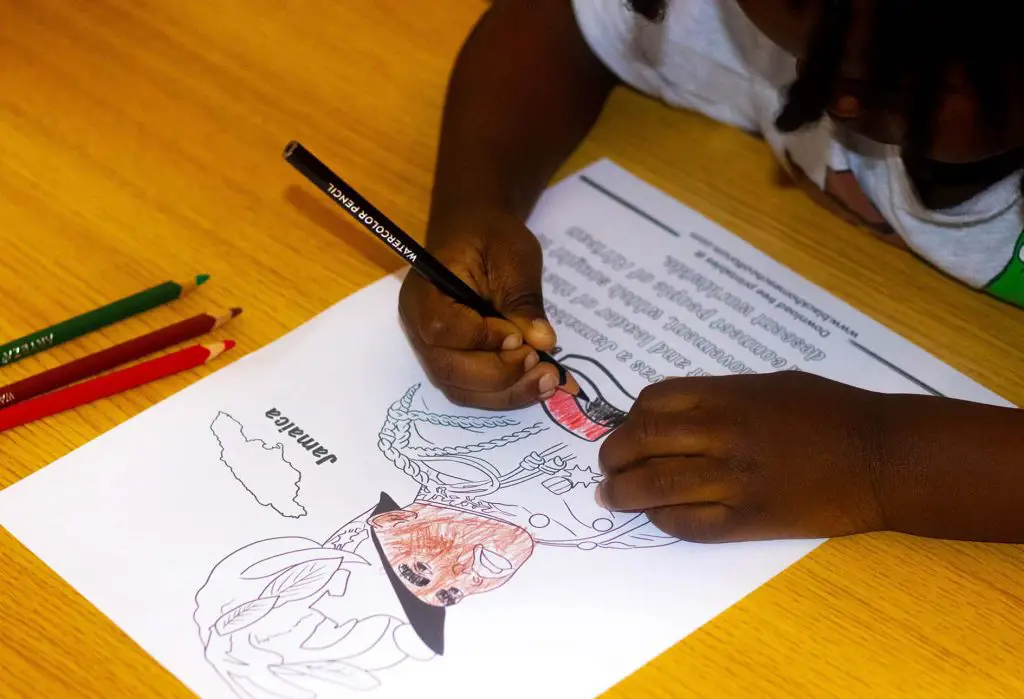Parents of young children are often told to read aloud to them every day, but it may not be as simple as that. The best books for a child’s age include those with the right vocabulary and sentence structures.
Chapter books also provide more opportunities for discussion than do picture books or illustrated stories.
When your child is old enough, he or she should start reading chapter books on their own because they will learn better language skills and build an expanded vocabulary.
And, reading chapter books will help improve your child’s reading comprehension because they involve more of his or her imagination than just looking at pictures or illustrations on a page.
But, how can you tell if your child is ready? At what age should a child start reading chapter books? The answer is quite simple; as soon as possible! The method and approach you take is more important than the age at which your child starts reading chapter books.
Below I share 5 tips that have worked for me and how to implement them into your child’s reading journey, no matter what age or stage they are at.
1. Choosing The Right Chapter Books For Your Child
Choosing the right chapter book based on what your child is already interested in will make the experience more enjoyable for both of you.
If your child is reluctant to read, try choosing a book that has an interesting plot that still has colorful illustrations in it. I have found success with this book set below, starting my children on it at age 3-4.
Once your child gets into the swing of things, gradually introduce chapter books with more text and fewer pictures or pictures printed in black and white and appearing sparingly throughout the book.
In this way, by age six most children can be ready to read chapter books with no pictures but with a lot of assistance.
I used the series of entry-level chapter books above as it was one that they could follow along with and look forward to reading every time one finished as each book has a cliff-hanger. Book sets like these will encourage them to keep reading and not give up when the sentence structure begins to get more complex and the words sound foreign.
2. You-Read-I-Read
I decided to introduce my Six-year-old to The Alchemist. This book is a favorite for many and has a wealth of mentally stimulating concepts and rich vocabulary. I was curious to see if he would be able to keep up.
We began by reading a page each, taking turns, and discussing new words, using them in different contexts. After a few days, we shifted to him reading two whilst I read one, and by the time we had gotten to page 76, he was reading the entire book on his own, with me just listening out for words to help him pronounce and explain.
You can introduce this method with any sort of chapter book, depending on the level your child is at and it is a step up from reading to them and having them follow along with the words.
3. Let Them Choose Their Own Chapter Books At The Library
When taking trips to the library or book store, let your child browse through the selection of chapter books and pick out a few that interest them.
Encourage him or her to read the back cover twice and tell you what the story is going to be about. This will give them a sense of ownership and excitement for reading the book.
You can also build the excitement up by being enthusiastic about the choice, too, and telling them you can’t wait to read it with them.
4. Set Milestones
As your child gets older, the amount of time spent reading chapter books will gradually increase naturally and they will not want to put the book down!
But prior to this stage, you can set milestones for them to achieve. One example would be to read a certain number of pages within a set amount of time (day/week), or to be able to identify and explain new words that they didn’t know prior to reading them in context.
Milestones act as a challenge for children and give them something to aim for, making the experience more rewarding.
5. Have Them Highlight Or Write Down Words
One of the biggest benefits to reading more advanced books, is the expansion of vocabulary that comes with it. As adults, we learn new words every day from reading books and seeing them in context – it is no different for children.
You can create an entire activity around delving deeper into these new and interesting words they have found and get them to write their own sentences and stories using them.
This further reinforces their understanding and memory of the word.
Alternatively, have them highlight the words in a different color as they come across them in their book and then write down the definition (along with an example sentence) for later study.
Final Thoughts…
It’s also important to note that not all children are ready for chapter books at six years old. Every child is different and it largely depends on their relationship with reading during the years prior.
Following the same method, whatever their age, will help them to progress onto chapter books with ease and develop a love for reading.
It’s a stepping stone that will keep them mentally stimulated, as well as help improve their vocabulary, comprehension, and fluency skills.
FAQs
1. How do I know when my child is ready for a chapter book?
2. What if my child struggles with reading or gets bored easily?
Alternatively, find books that are at their level and stick to those until they feel more confident.
3. How do I help my child if they get stuck on a word?
If they are still finding it difficult, you can always help them out but make sure they still practice reading it on their own.






